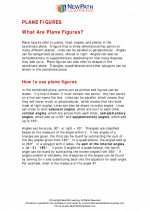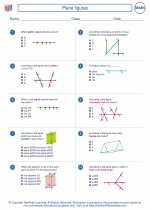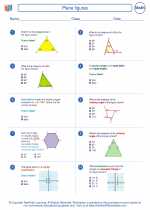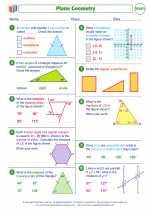Precipitation
Precipitation is the process by which water, in the form of rain, snow, sleet, or hail, falls from the atmosphere to the Earth's surface. It is a crucial part of the Earth's water cycle and plays a significant role in shaping the climate and environment of different regions.
Types of Precipitation
There are several types of precipitation, each with its own unique characteristics:
- Rain: Liquid water droplets that fall from the sky when the temperature is above freezing.
- Snow: Ice crystals that fall from the sky when the temperature is below freezing.
- Sleet: Frozen raindrops or ice pellets that form when rain passes through a layer of cold air near the ground.
- Hail: Large, solid ice pellets that form within strong thunderstorm clouds and fall to the ground.
Factors Affecting Precipitation
Several factors influence the type and amount of precipitation in a particular area:
- Temperature: The temperature determines whether the precipitation will fall as rain, snow, sleet, or hail.
- Humidity: The amount of water vapor in the air affects the likelihood of precipitation occurring.
- Wind Patterns: Wind can carry moisture-laden air masses, which can lead to increased precipitation in certain areas.
- Topography: Mountains and other geographic features can influence precipitation patterns by causing air to rise, cool, and release moisture.
Measuring Precipitation
Meteorologists use various instruments to measure precipitation, including rain gauges, snow gauges, and radar systems. Precipitation data is crucial for understanding weather patterns, predicting floods and droughts, and managing water resources.
Study Guide
To study precipitation, it's important to understand the different types of precipitation, the factors that influence it, and the methods used to measure it. Here are some key points to focus on:
- Identify the different types of precipitation and the conditions under which they occur.
- Explain how temperature, humidity, wind patterns, and topography impact precipitation.
- Discuss the importance of precipitation data in weather forecasting and resource management.
- Practice interpreting and analyzing precipitation data from real-world examples.
By mastering these concepts, you'll gain a deeper understanding of precipitation and its role in the Earth's water cycle.
.◂Math Worksheets and Study Guides Eighth Grade. Plane figures

 Worksheet/Answer key
Worksheet/Answer key
 Worksheet/Answer key
Worksheet/Answer key
 Worksheet/Answer key
Worksheet/Answer key
 Worksheet/Answer key
Worksheet/Answer key
